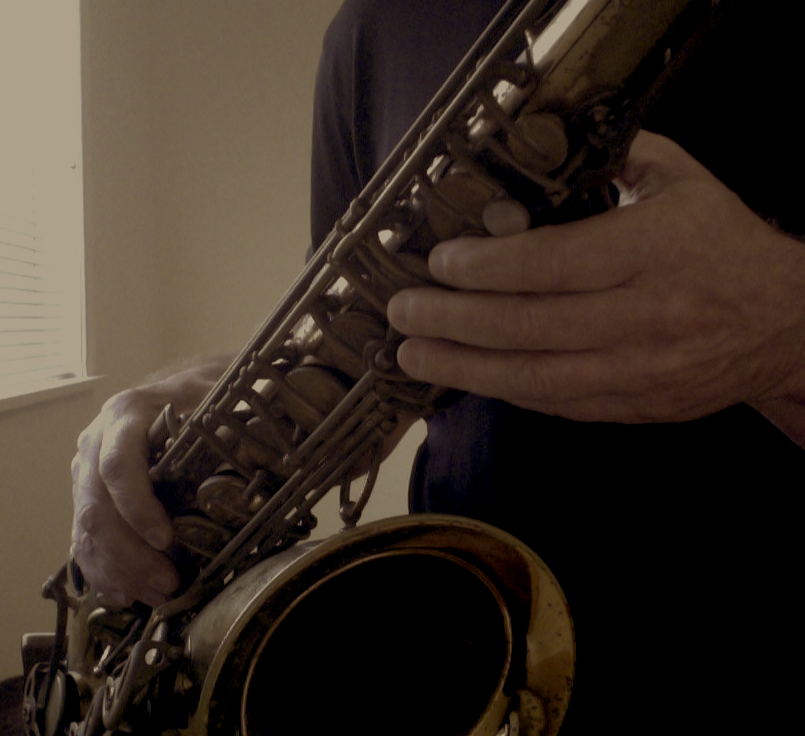What does it mean to warm up before a performance or practice session? What does it entail? What is your primary objective when you warm up? How crucial is your warmup to the success of your performance or practice session? What happens when you don’t warm up sufficiently?
These are all important questions for a musician to consider. The quality of your warmup can make all the difference in both the immediate future and the long run.
A good warmup serves mainly two purposes:
- To help prepare the tissues and other structures of your body for the task of playing your instrument.
- To bring you into the conscious realm that is most optimal to playing your instrument.
Though it’s easy to think of the first of these purposes as wholly physical, and the second as wholly mental, the truth is that they’re all part of an integrated whole. As you warm your muscles and lubricate your joints, you’re also connecting your attention with the act of playing your instrument.
Playing music, like playing sports, can be a highly physically demanding task. You are making an enormous amount of repetitive muscular contractions, often with limited rest. Even with the best training (including the Alexander Technique) you still have to deal with the “flesh and bones” limitation of the human organism. You’re not made of steel.
So if you don’t warm your muscles and joints up, you run the risk of injury (usually chronic, but sometimes acute). Any good athlete knows this, as do most good musicians.
But you also need to warm up your awareness and your attention. This mostly involves integrating your skills to prepare yourself to play. When I warm up, I’m mostly aiming toward bringing these three skills to my attention:
- My sound-Taking my time to imagine my sound and then “rediscover” it again in the room that I’m playing in.
- My overall coordination-Letting myself breathe and move easily with my instrument as I integrate my sound into the movements of my fingers, tongue, lips and jaw.
- My sense of time and rhythm-Letting myself move gradually from slower, almost) rubato playing into more clearly defined tempos.
Each one of these aims helps the others. As I rediscover my sound, I better connect to my overall coordination. As I connect with my internal sense of time and rhythm, my sound improves, as does my coordination (and technical control). As my coordination improves, I improve my sense of time. And so forth.
Whenever I play well, these three things are working together. Without exception, whether practice or performance.
Here are five tips to help you warm up in a more beneficial manner. They are presented in the sequence that I follow when I warm up:
1. Make your warmup your top priority-Give yourself time. Be flexible (when possible) with your warmup time. Don’t be in a hurry (again, whenever possible) to get to the “real” music making part. This is the real part (or at least an essential component).
2. Start by looking for ease-Take time to stop. Notice your frame of mind. If you’ve been frantic for the last hour in rush hour traffic, take a few moments to calm down. The Alexander procedure of constructive rest is very useful for this. Give yourself a chance to come back to yourself as you release out of any unnecessary muscular tension
3. Find your sound-Rather than trying to force your sound, see if you can find it by using the least amount of muscular effort. Make this your main objective. Avoid extreme registers. Start where it’s easy and go from there. Gradually move to the more extreme registers with the intention in mind of finding ease as you discover your sound.
4. Start moving the notes gradually-Whatever instrument you play, start “preluding”. That is, in an easy and melodic way, improvise on a scale, arpeggio, theme (or just follow your muse in some other way; just make sure it’s something you know well, so as not to divide your attention) as you notice your whole self. Rather than paying attention to what you’re playing, pay attention to what you’re doing with yourself as you’re playing. Are you releasing in and out of balance? Are you rigid and stiff? Are you free and fluid? What are you doing with your head and neck as you play? Is it free and mobile, or locked down?
5. Find your time and rhythm-Once you’ve spent a few moments paying attention to yourself (and are finding your ease) start moving your improvisation into a more clearly defined tempo. Begin to explore playing more rapid passages. Gradually. Give yourself a chance to discover and embody your sense of time, all the while making ease and balance your objective.
Once you’ve connected your sound to your coordination to your sense of time (it’s still hard for me to think of one of these without the other), you’ll be truly warmed up: body, mind and spirit. Now you’re ready for the joy and challenge of playing.
